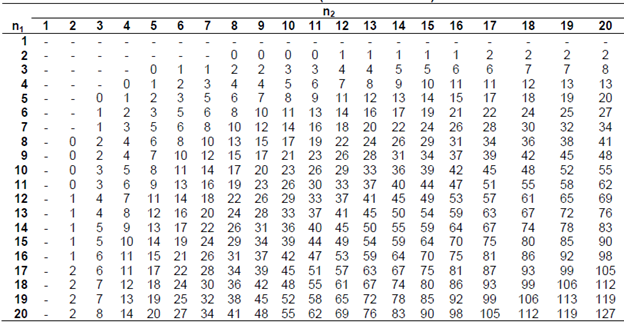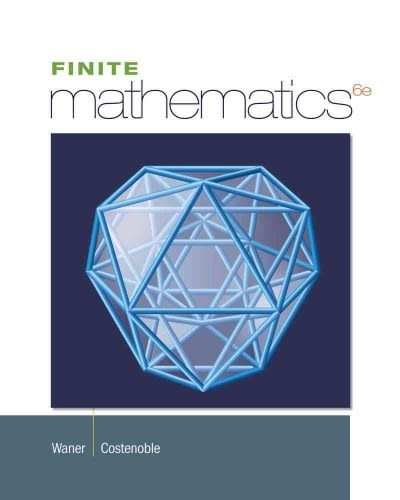Question
1) Through random sampling, you find that 12/15 female rattlesnakes have a diamond pattern and 11/20 male rattlesnakes have a diamond pattern. What is your
1) Through random sampling, you find that 12/15 female rattlesnakes have a diamond pattern and 11/20 male rattlesnakes have a diamond pattern. What is your best estimate for the proportion of all rattlesnakes that have a diamond pattern?
a) 12+11/15+20
b) (12-11)/(20-15)
c) 12/15+11/20
d) (12+11)/(15+20)
2) The P-value in a Chi-squared test is calculated as:
a) The area under the curve of the null distribution to the right of the chi-square test statistic
b) The area under the curve of the null distribution to the left of the chi-square test statistic
c) The area under the curve defined by the null distribution
d) The area under the curve of the null distribution to the right of the degrees of freedom for the test
3) Given the following contingency tables, highlighting the frequency with which experimentally chosen individuals who were given oxygen, or not, survived or died from a hypothetical disease. The two tables outline the observed frequencies, and the expected frequencies. All but one expected frequency has been calculated for you. Calculate the remaining expected frequency for those who survived who were not given oxygen (to one decimal place)

Step by Step Solution
There are 3 Steps involved in it
Step: 1

Get Instant Access to Expert-Tailored Solutions
See step-by-step solutions with expert insights and AI powered tools for academic success
Step: 2

Step: 3

Ace Your Homework with AI
Get the answers you need in no time with our AI-driven, step-by-step assistance
Get Started


